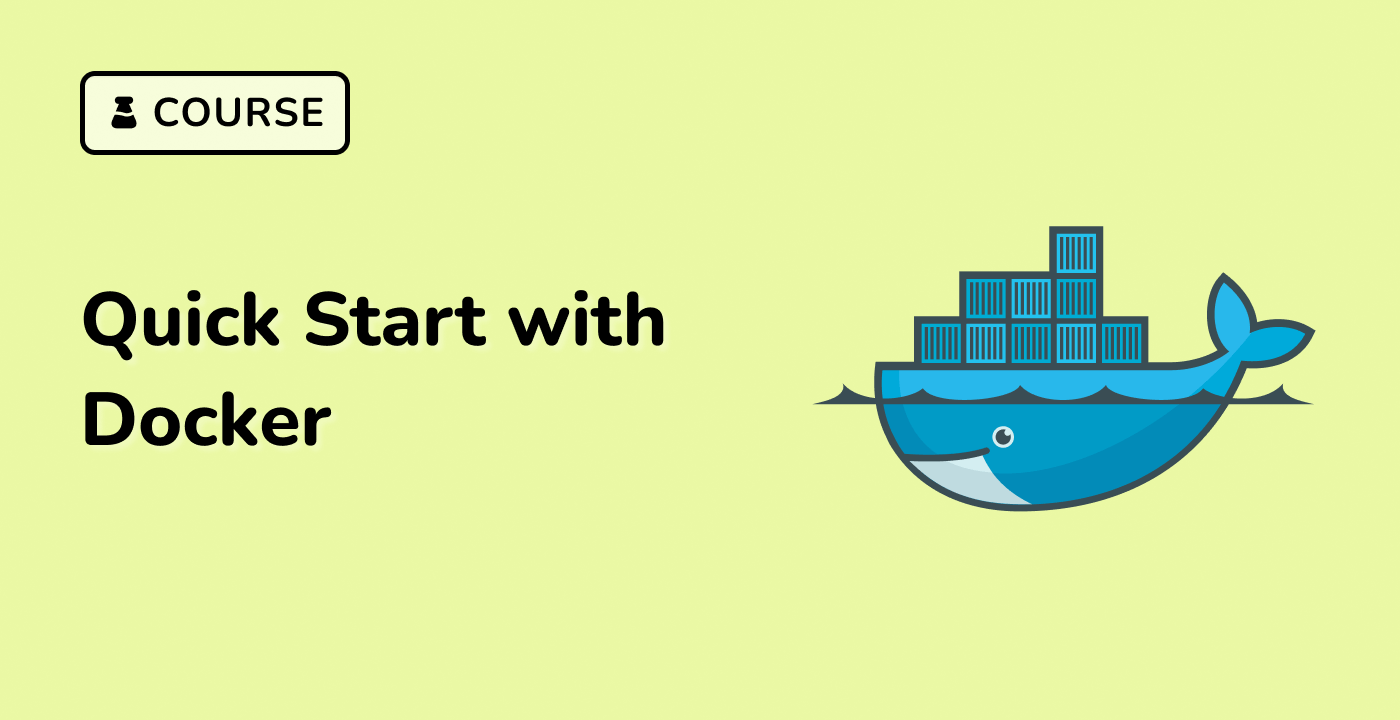Executing Commands in Docker Containers
Once you have a Docker container running, you can execute commands within the container to perform various tasks. This is a crucial aspect of working with Docker, as it allows you to interact with the containerized application and manage its behavior.
Running Commands in a Docker Container
To execute a command in a Docker container, you can use the docker exec command. The basic syntax is:
docker exec [options] <container_id or container_name> <command>
Here, <container_id or container_name> is the identifier of the Docker container you want to execute the command in, and <command> is the actual command you want to run.
For example, to run the ls command in a running Docker container named "my-container", you would use:
docker exec my-container ls
Executing Interactive Commands
If you want to run an interactive command, such as a shell session, you can use the -i (interactive) and -t (tty) options with the docker exec command. This will attach your terminal to the container's standard input and output.
docker exec -it my-container /bin/bash
This will start a Bash shell session inside the "my-container" Docker container.
Practical Examples
Here are a few practical examples of executing commands in Docker containers:
- Checking the running processes:
docker exec my-container ps -ef
- Inspecting the container's file system:
docker exec my-container ls -l /app
- Editing a configuration file:
docker exec -it my-container vi /etc/nginx/nginx.conf
- Executing a database query:
docker exec my-database-container mysql -u root -p -e "SELECT * FROM users;"
By mastering the ability to execute commands in Docker containers, you can effectively manage and troubleshoot your containerized applications.




